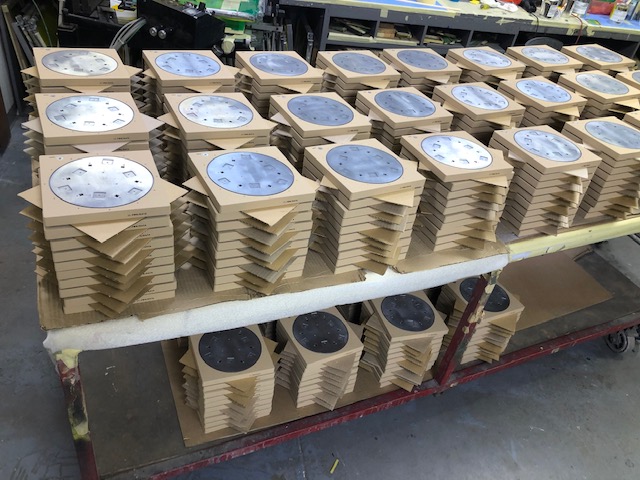MILITARY ∙ MEDICAL ∙ AEROSPACE ∙ ELECTRONICS ∙ SEMICONDUCTOR ∙ CONSTRUCTION
AMS 2700 is a specification developed by SAE International (formerly the Society of Automotive Engineers) that outlines the requirements for the passivation of stainless steel to ensure the removal of free iron or other contaminants from the surface. The “REV E” refers to the revision level of the standard, with “E” indicating that it is the fifth revision.
Passivation is a chemical treatment process that enhances the corrosion resistance of stainless steel by removing contaminants and promoting the formation of a protective oxide layer on the metal’s surface.
Key elements of AMS 2700 REV E include:
- Types of Passivation: The specification details different methods of passivation, including the use of nitric acid and citric acid, with varying concentrations and temperatures.
- Process Requirements: It sets forth the specific steps that must be followed to achieve effective passivation, including cleaning, immersion times, and rinsing procedures.
- Testing and Verification: AMS 2700 REV E requires testing methods to verify the effectiveness of the passivation process, such as the copper sulfate test, high humidity test, and salt spray test.
- Surface Condition: The standard also addresses the condition of the stainless steel surface before and after passivation, including requirements for surface finish and cleanliness.
- Documentation and Traceability: It requires documentation of the passivation process and results to ensure traceability and compliance with the standard.
AMS 2700 REV E is widely used in industries such as aerospace, medical devices, and military applications, where corrosion resistance and material integrity are critical.


